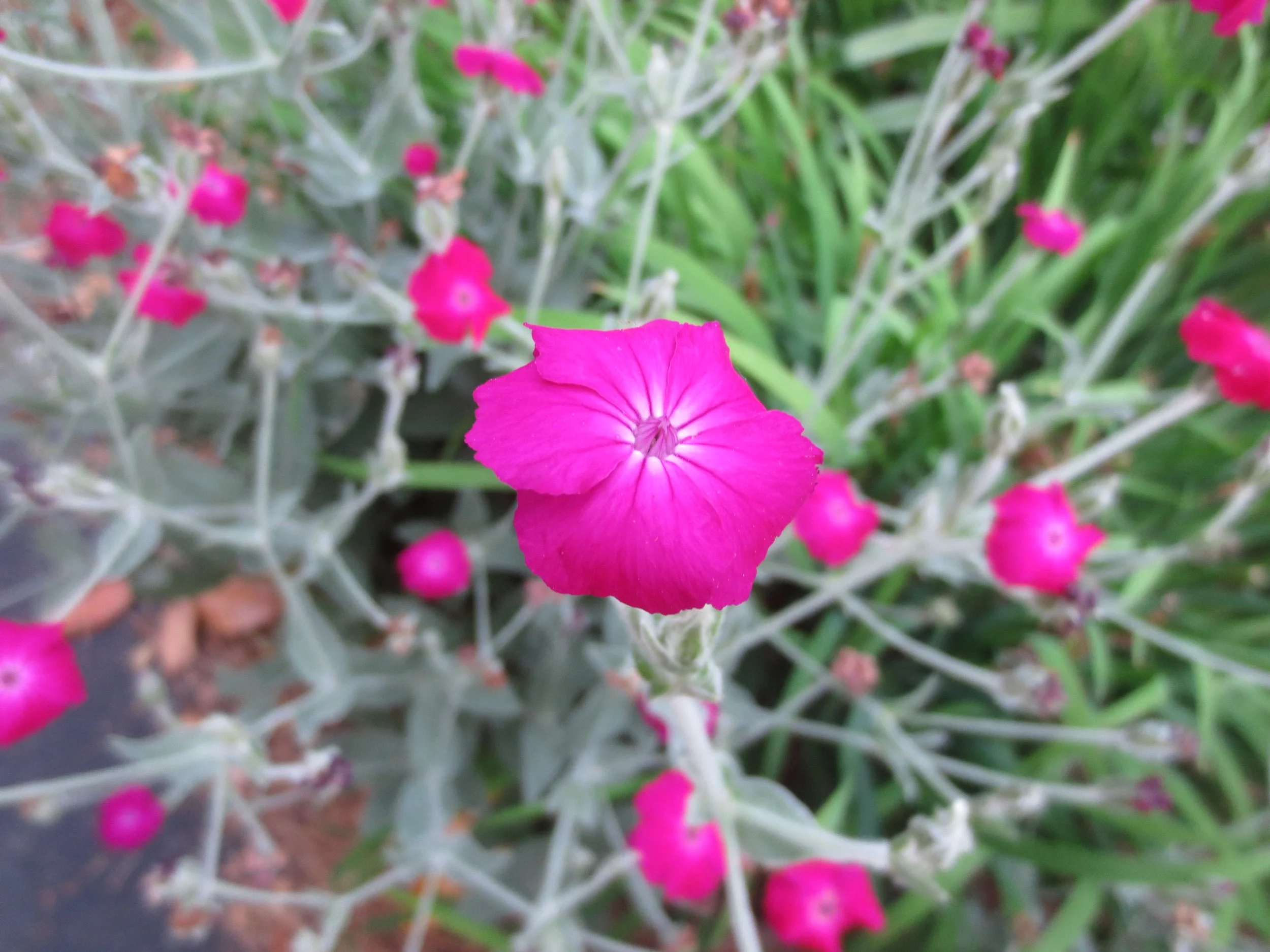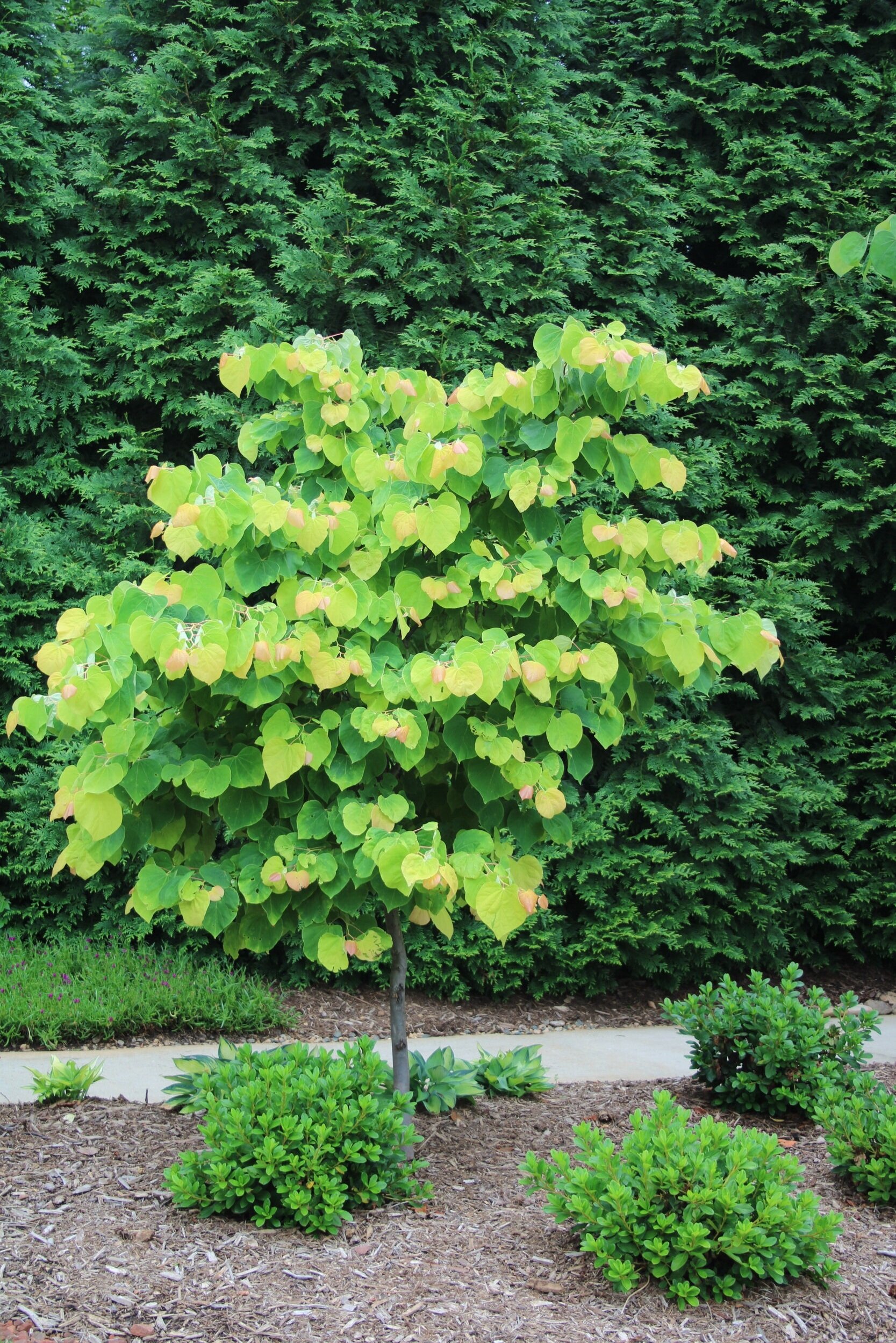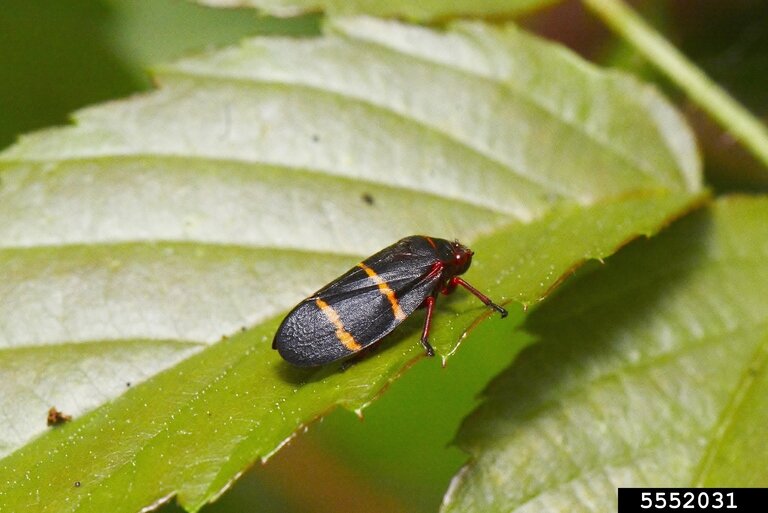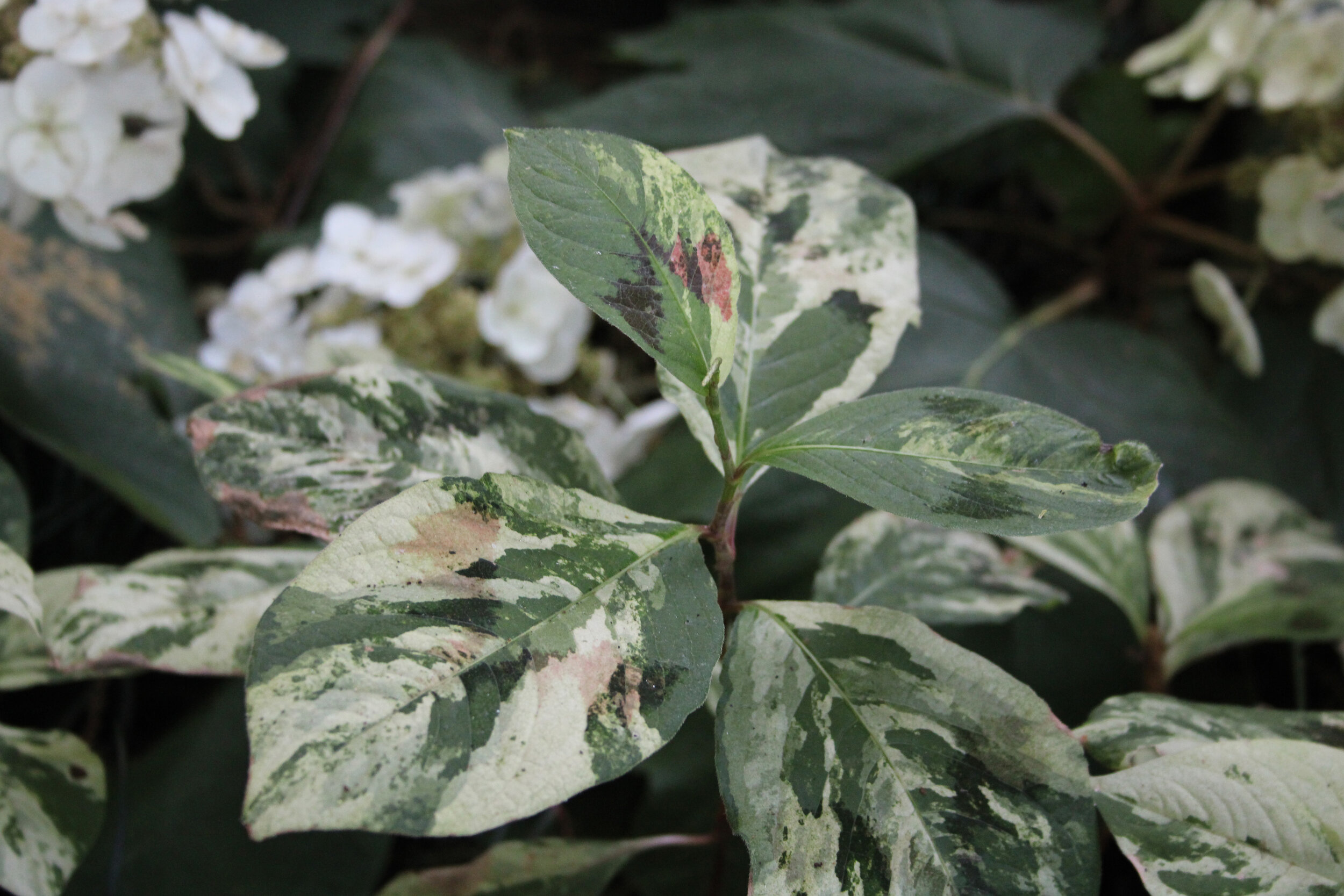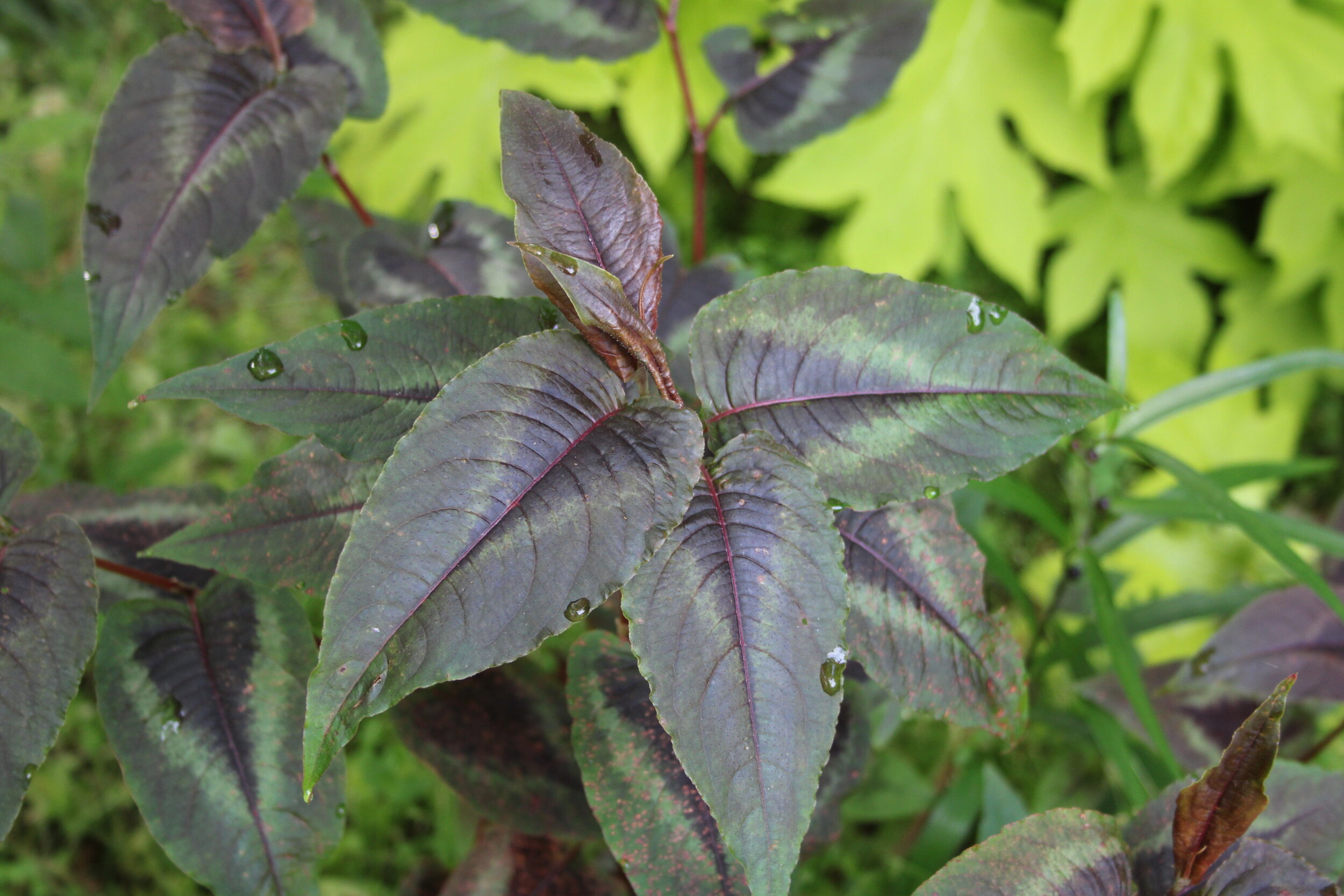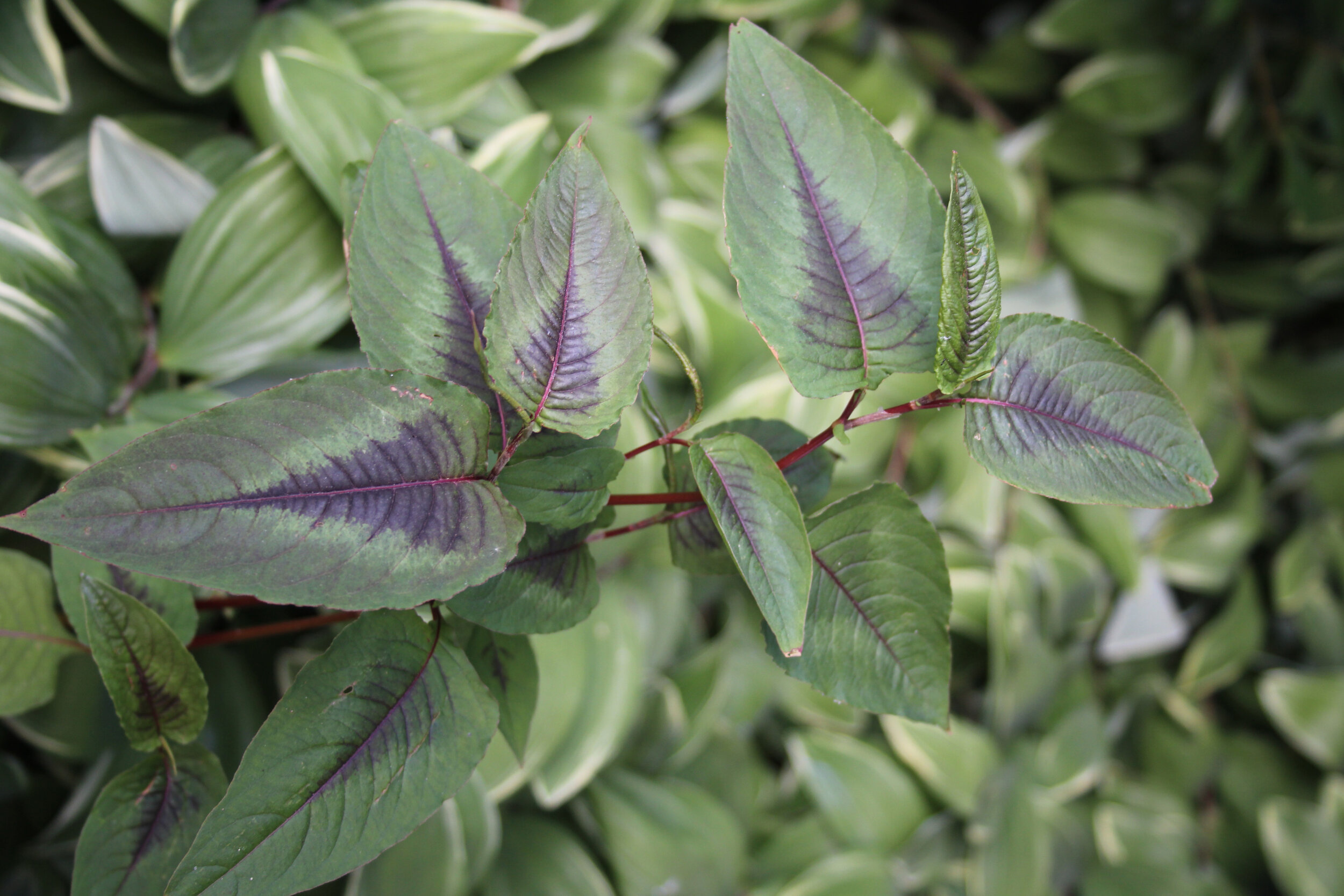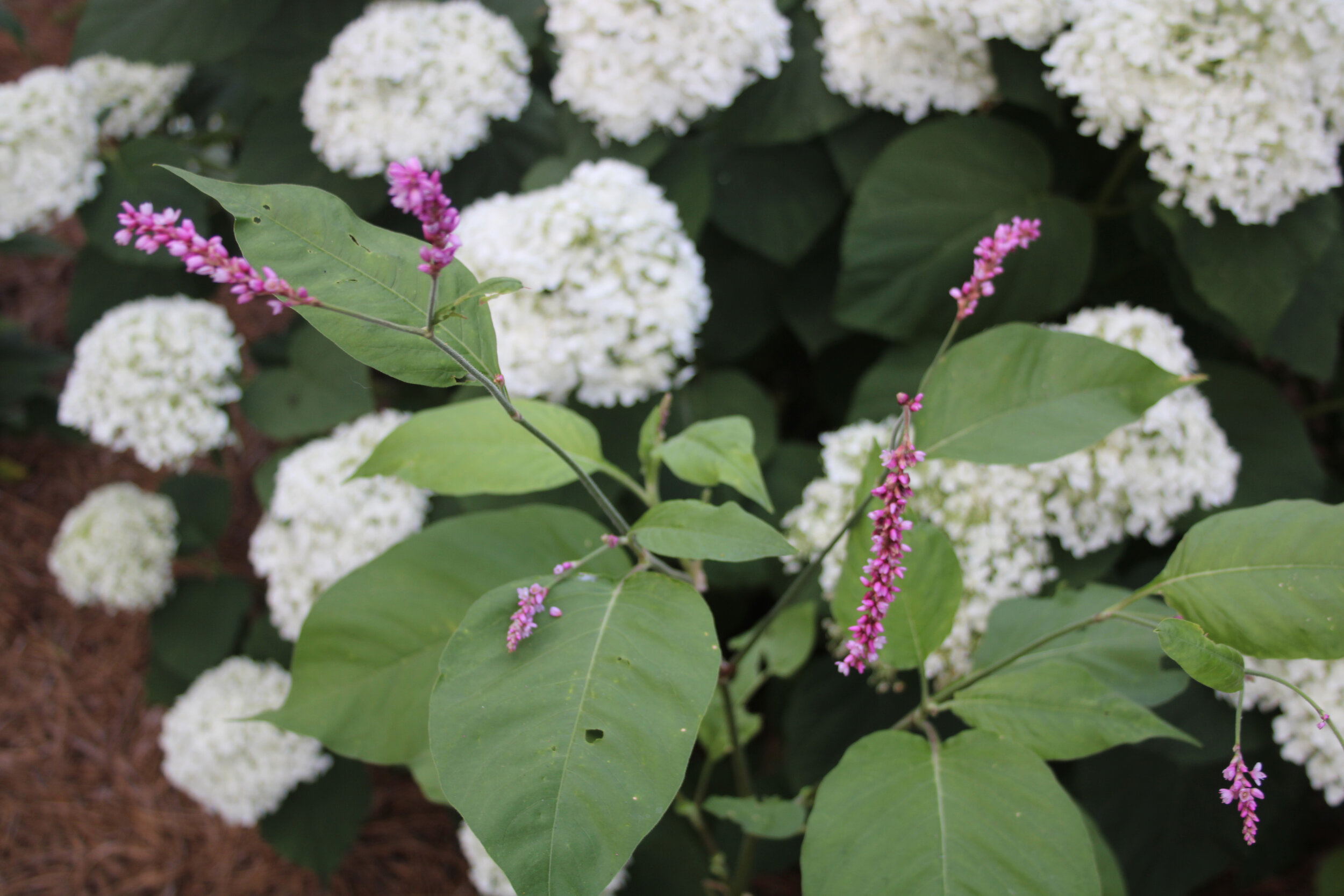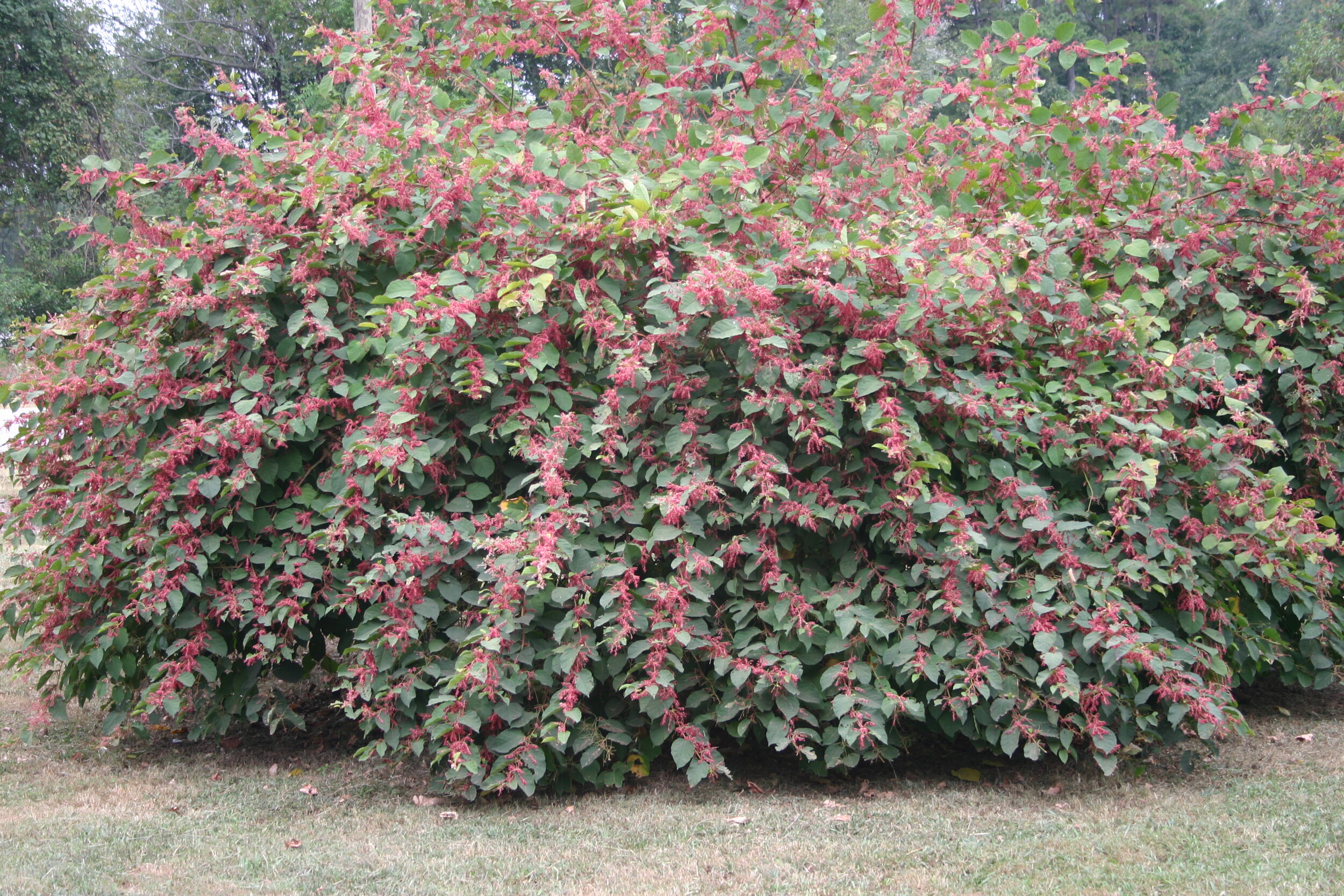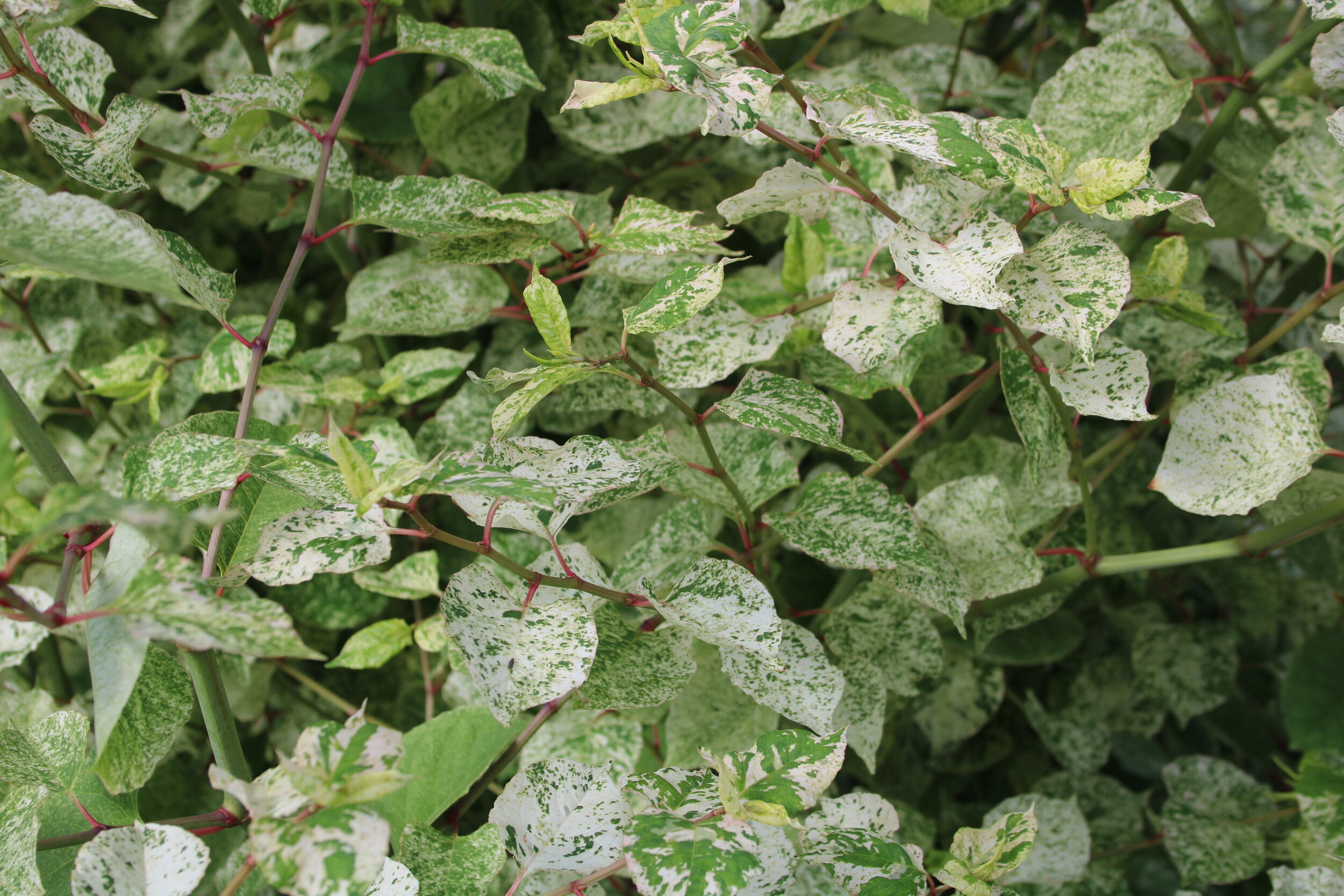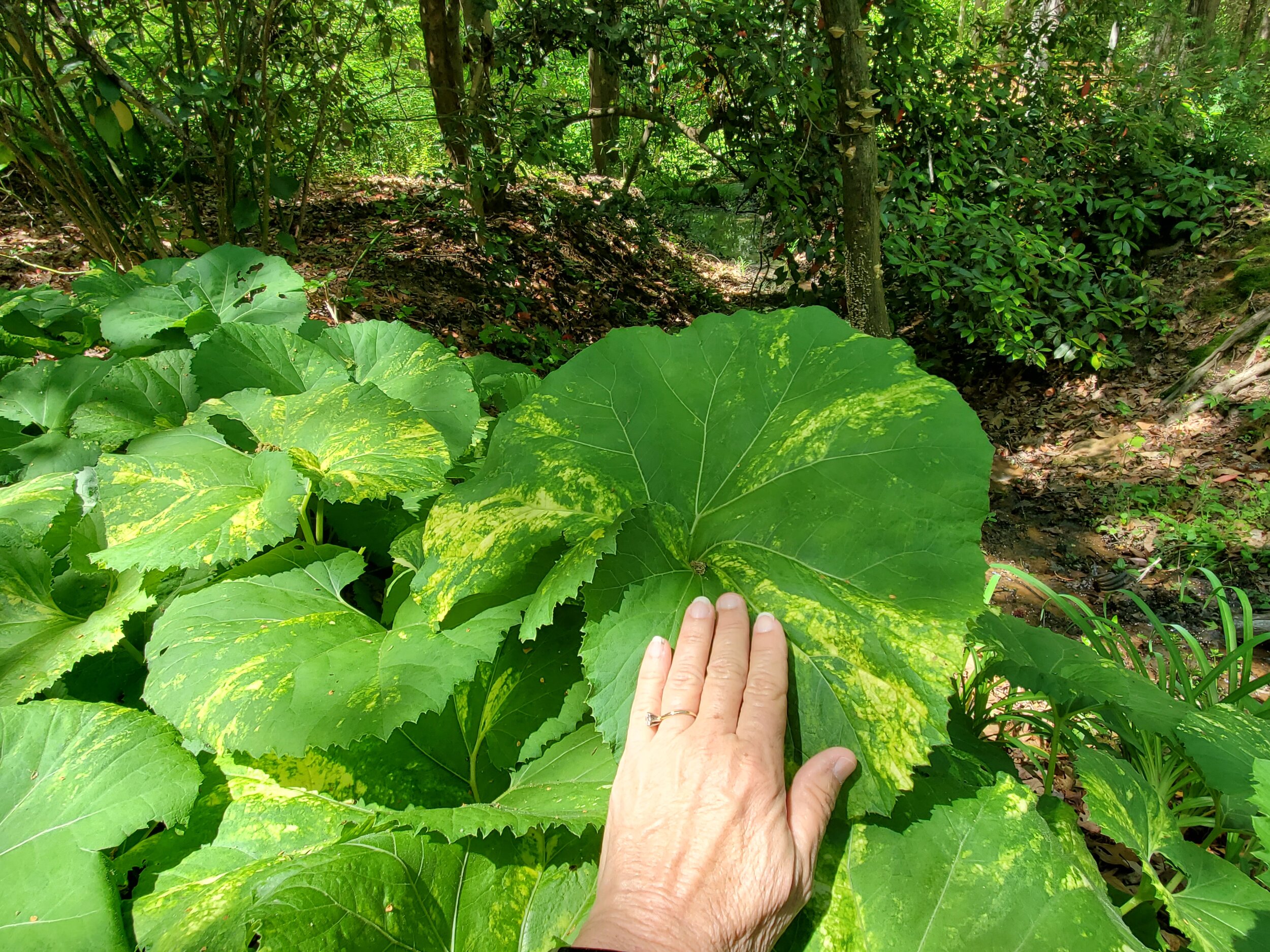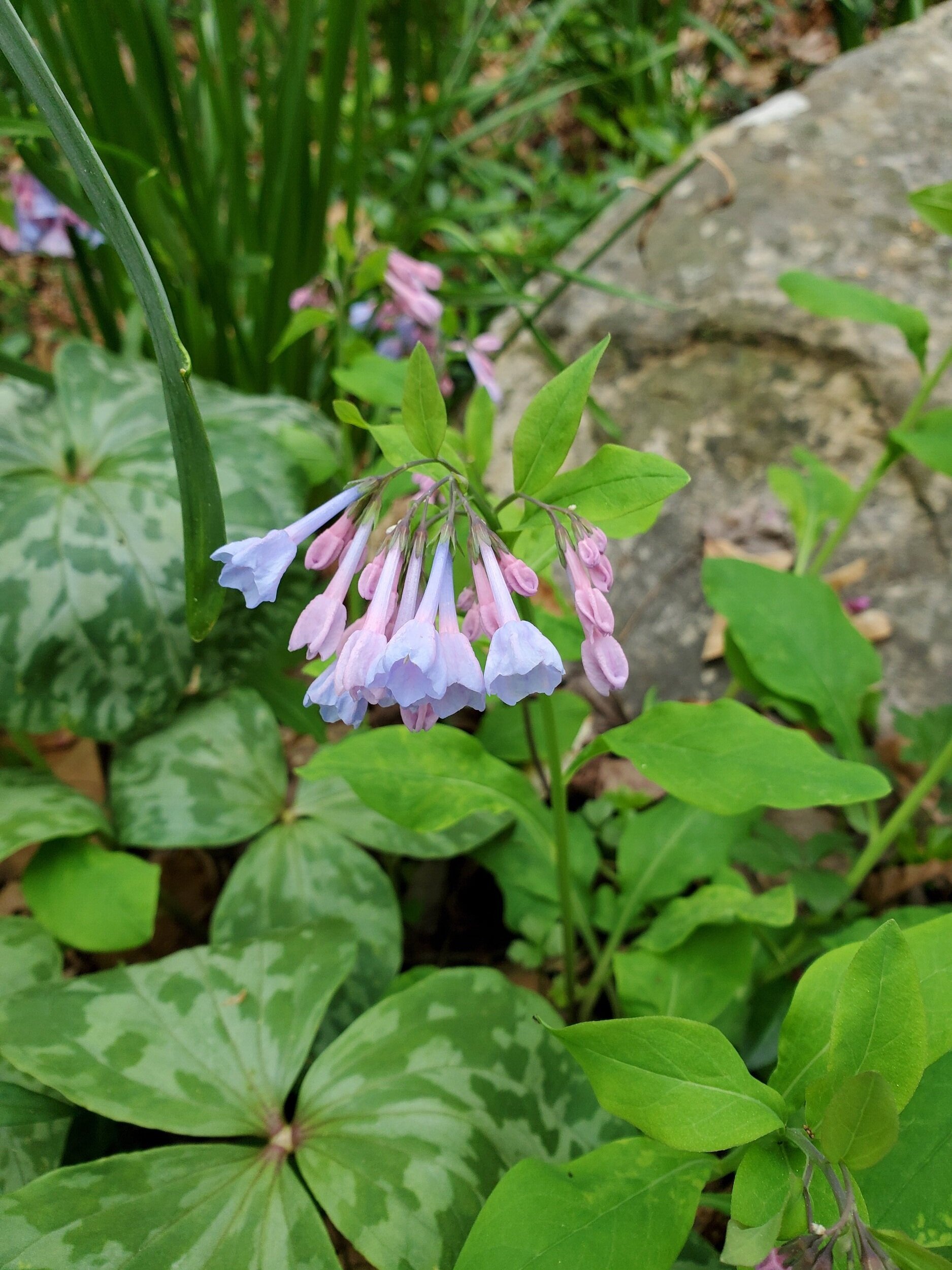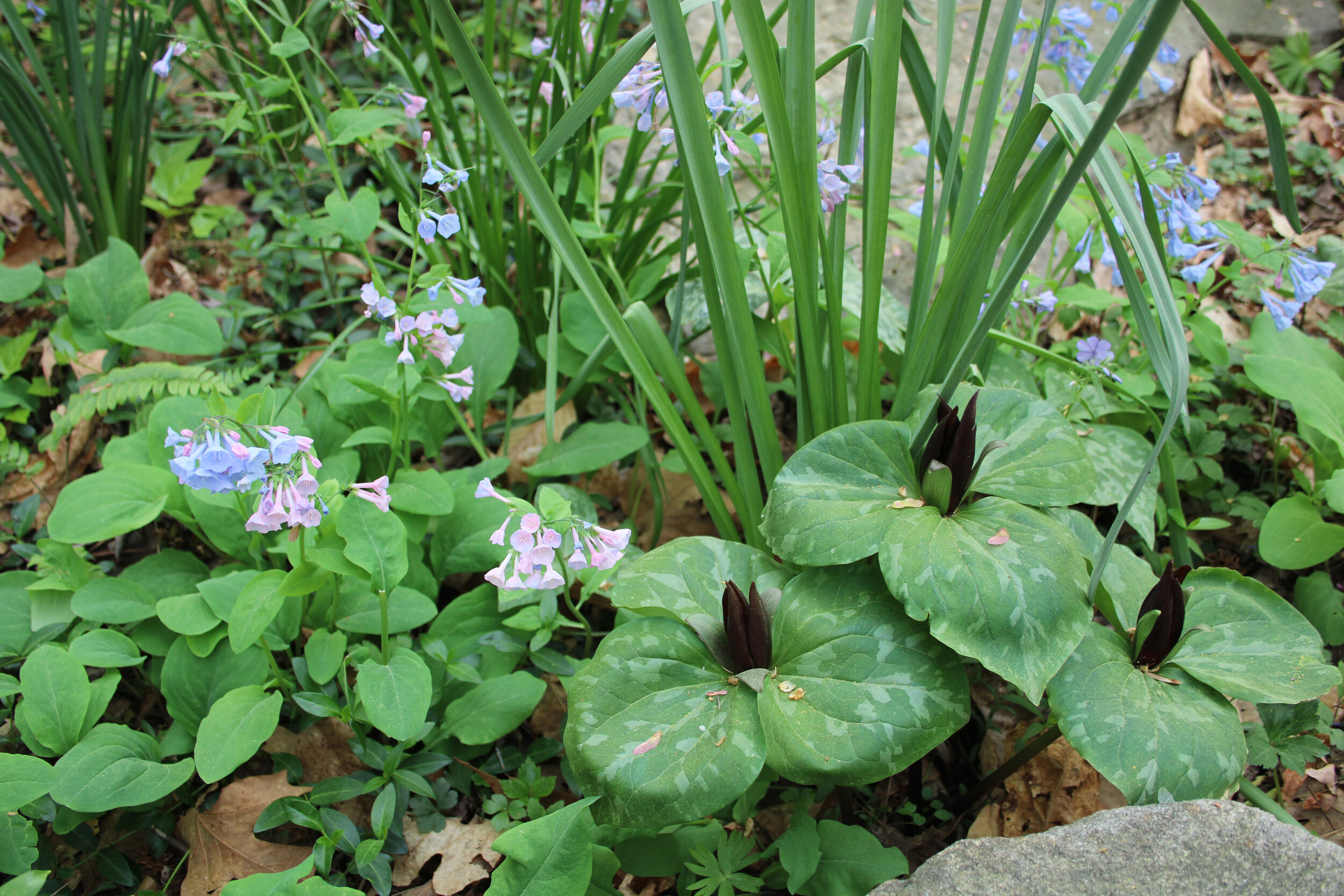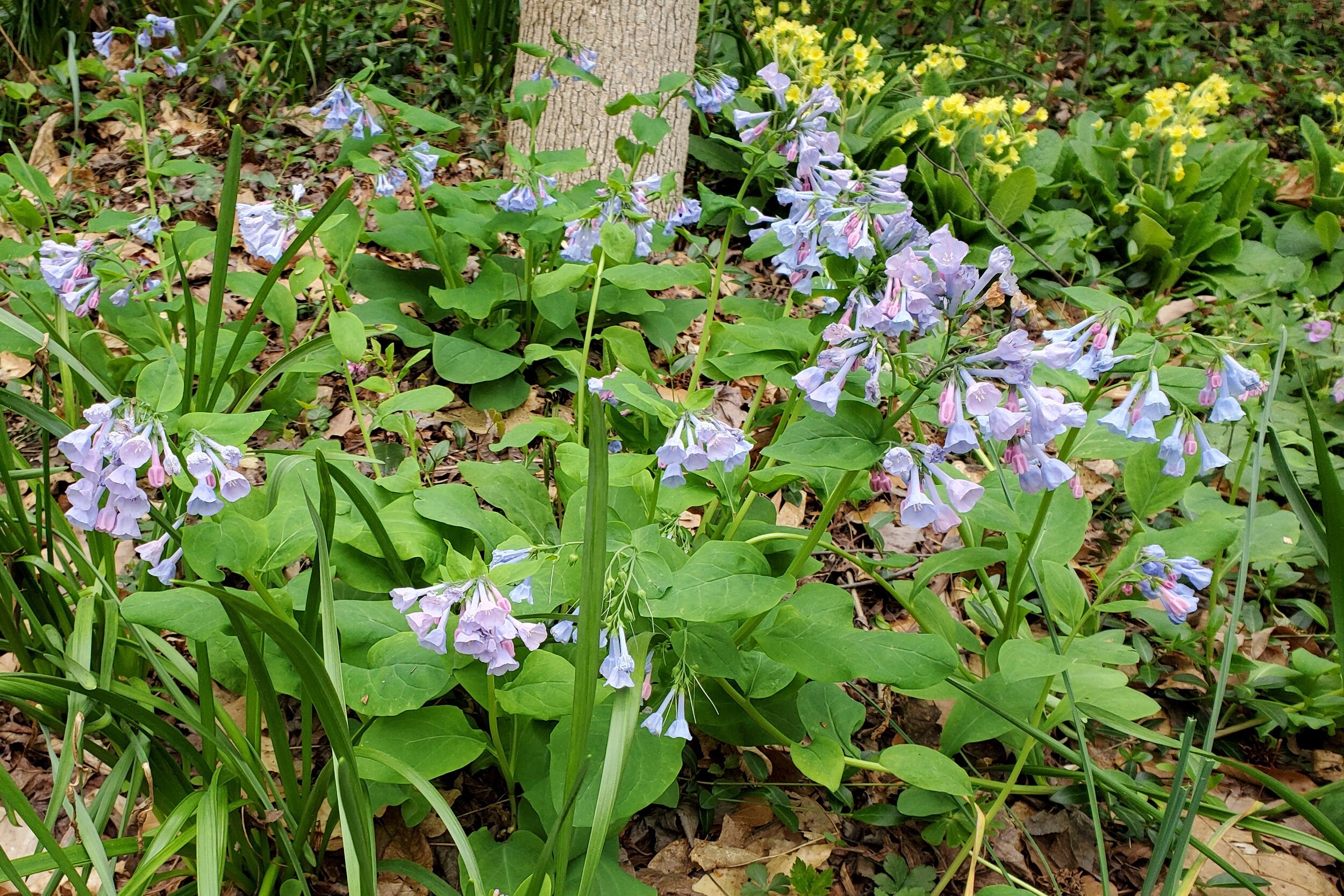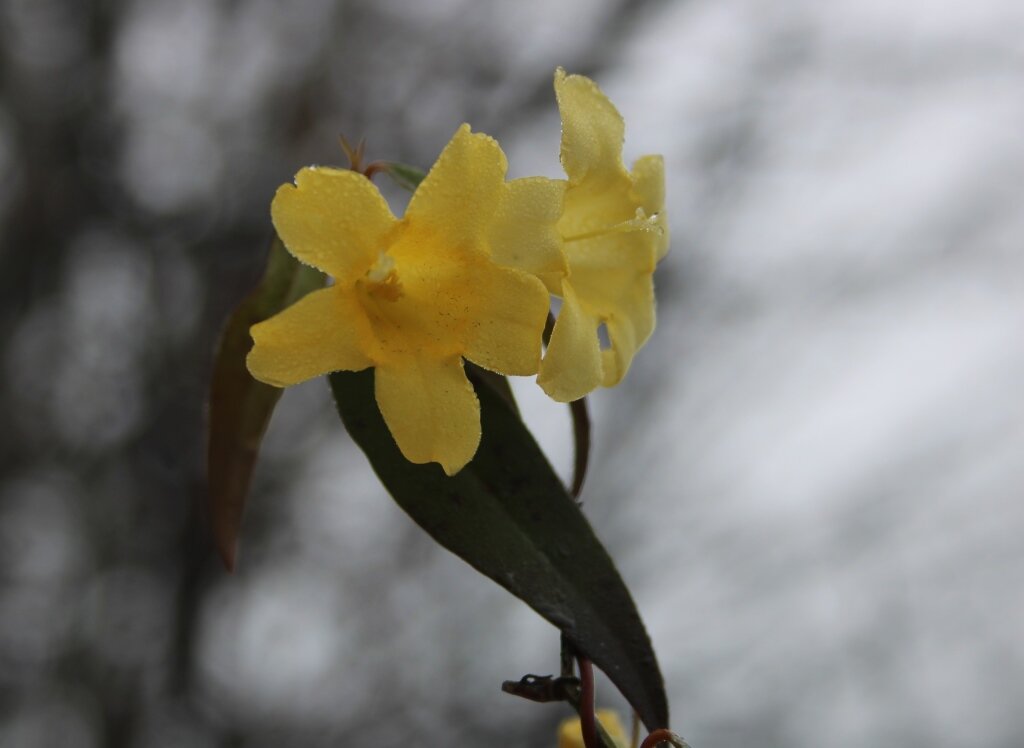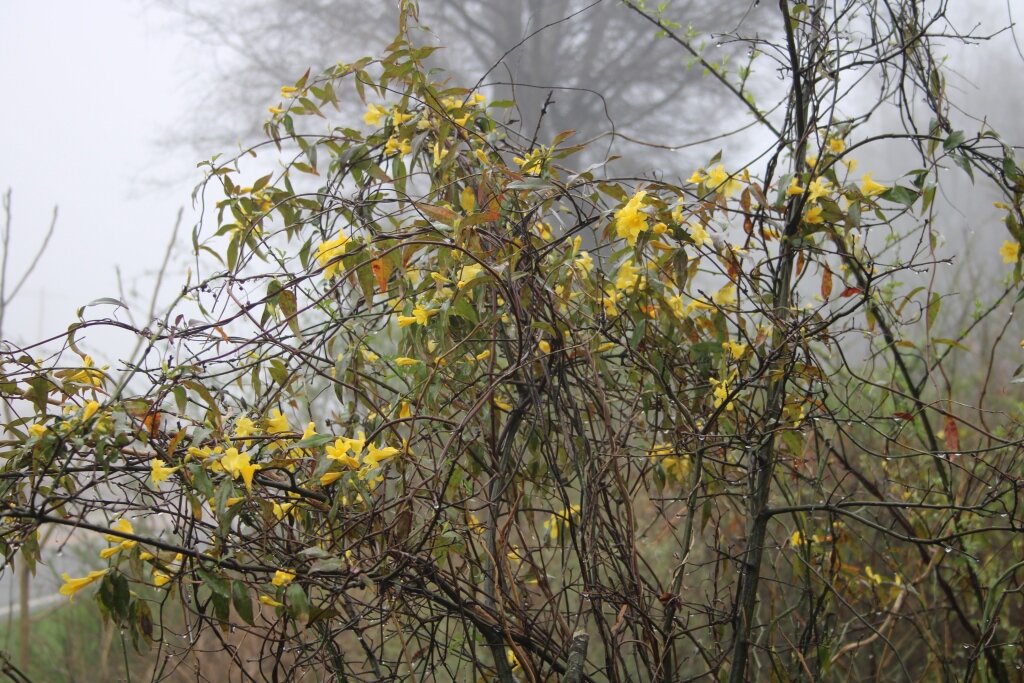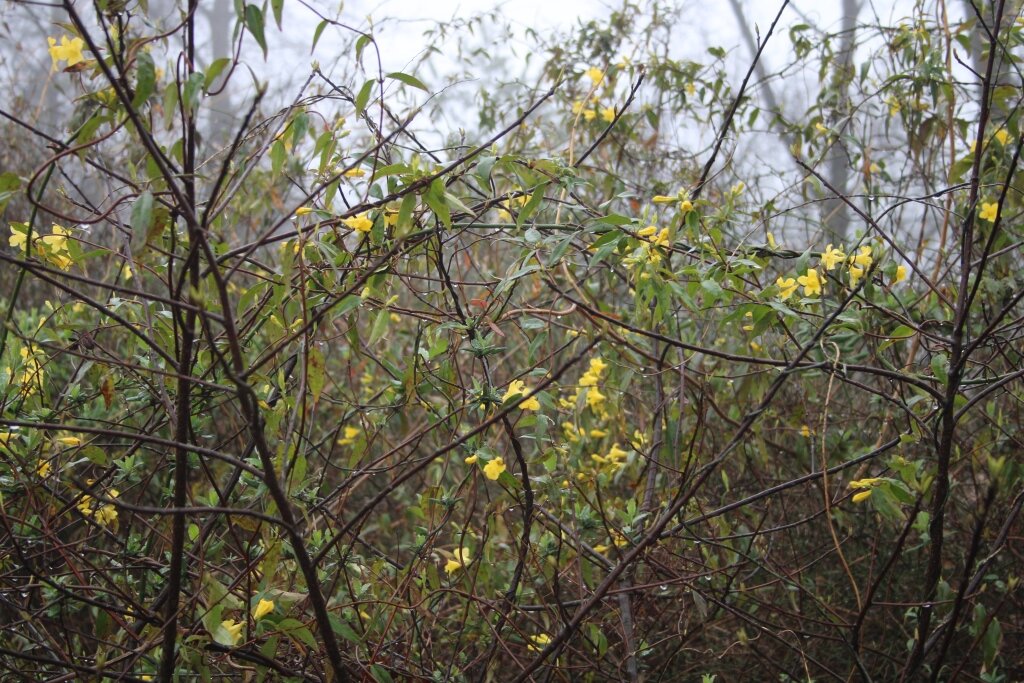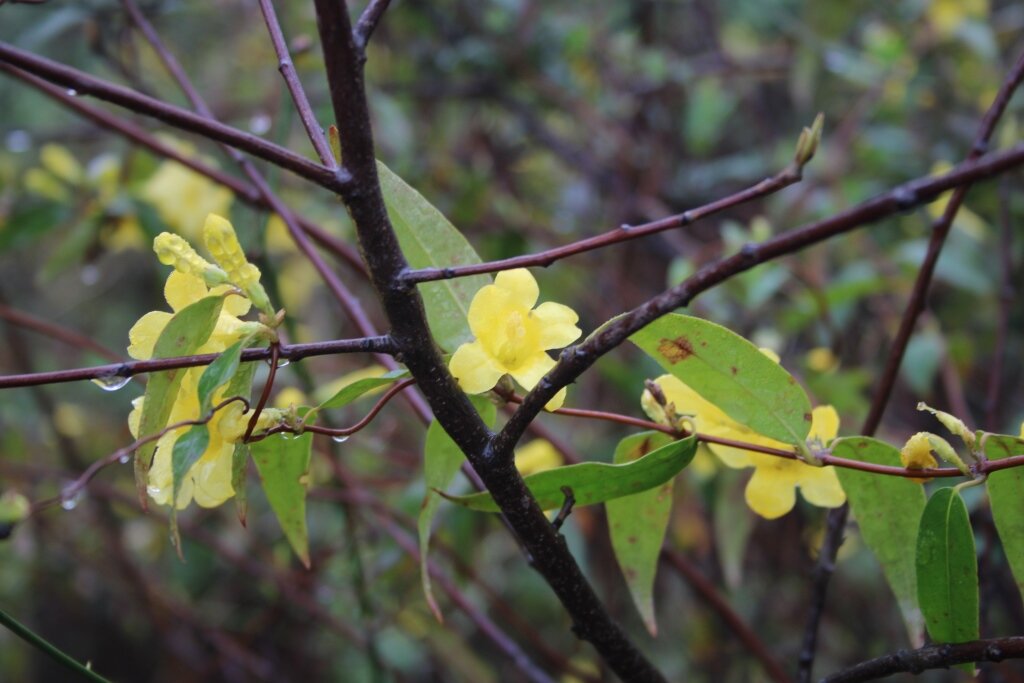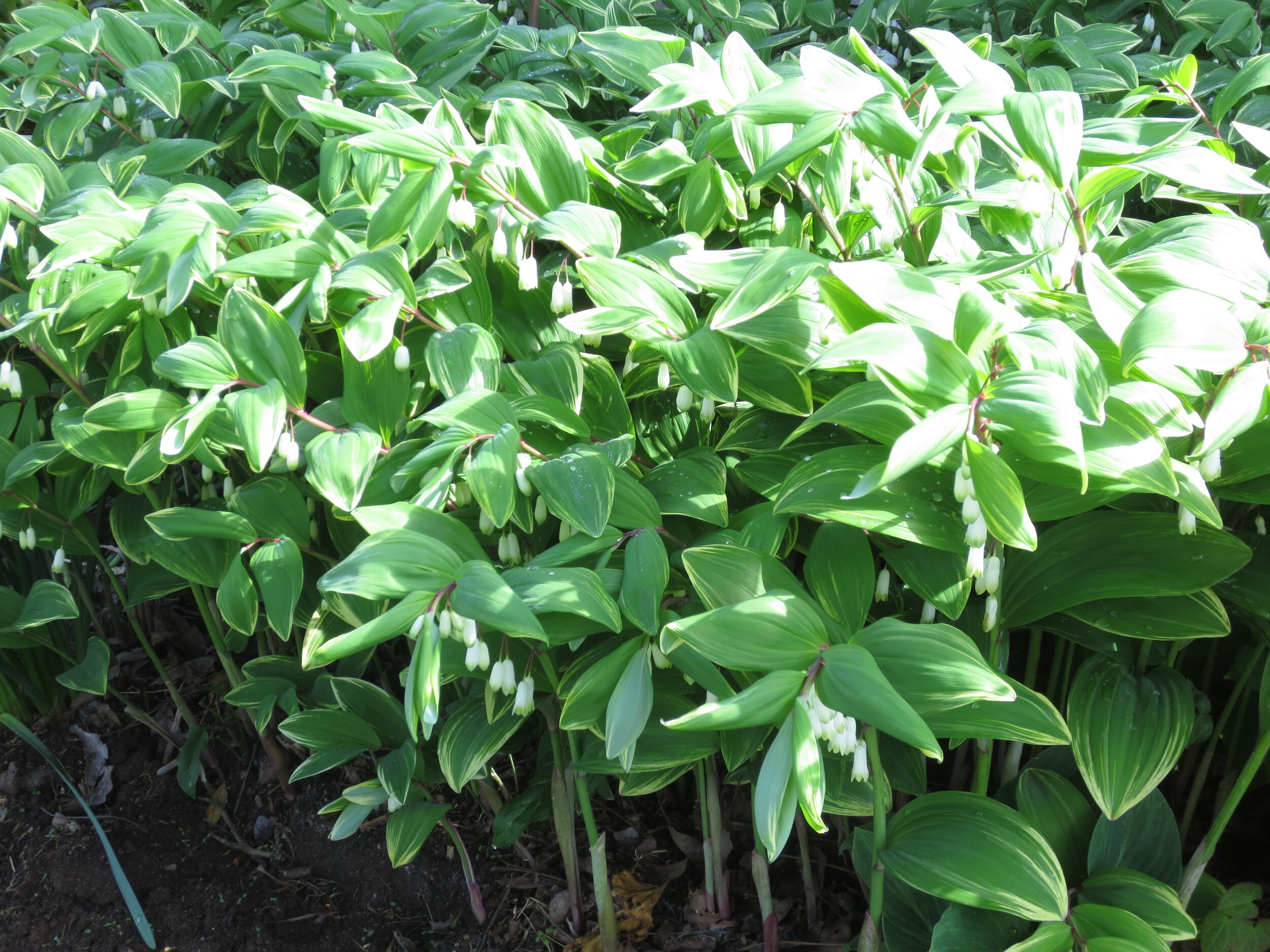Eastern Redbud trees (Cercis canadensis) are known for lighting up the garden in early spring with brilliant, reddish-purple blooms before foliage appears. (For a link to my 2018 blog post about Redbud trees, click here.) The green-leaf types fade into polite obscurity after blooming. Their showy cousins, however, sport foliage that will electrify the summer garden.
It does not matter if your taste leans toward rich purple or screaming chartreuse, upright forms or weepers, there are special cultivars that will be focal features in your summer garden.
‘Ruby Falls’ weeping Redbud
‘Ruby Falls’ is a purple-leaf weeping tree with a compact growth habit that will grow no more than 30 feet. ‘Merlot’ is an upright form with the same maroon foliage. ‘Forest Pansy’ is a taller, older cultivar that is gorgeous early in the season, but its leaves change to mostly green in the heat of the summer.
New growth on ‘The Rising Sun’ Cercis canadensis
‘The Rising Sun’ new growth is apricot, changing to chartreuse and then a bright green. A healthy tree will put on new leaves all summer, so all three colors will appear at the same time. Unfortunately, ‘The Rising Sun’ has weak branch structure and is prone to breaking in windy areas or under snow or ice loads. The specimen in the Mary Snoddy garden lost more than half its limbs in summer storms. Several friends have trees that suffered similar damage, to confirm that this is not an anomaly. It is a beautiful tree and I will add more to my collection, but will site them in an area with a windbreak like the one shown in the accompanying photo, below. ‘Hearts of Gold’ has similar chartreuse color but does not show any apricot or peach tones.
Redbuds are considered understory trees, performing best in the south when given light shade from taller trees. They are one of the few plants that will thrive near black walnut trees. High light exposure results in more blooms and denser growth habit, but expect to provide supplemental irrigation if sited in full sun. Most trees are naturally multiple-trunked, which I find more attractive and natural-looking than those trained to a single leader. Plant them where low-hanging limbs will not block walkways or behead the person mowing the lawn.
Exercise special care to avoid damaging the thin bark. A string trimmer is The Enemy. Injury provides an opportunity for canker or other fungal problems.
Redbuds grow in zones 5-9 and are rarely browsed by deer. They transplant most successfully when small but gain size rapidly. Their life expectancy is about 20 years but may succumb much sooner if exposed to pre-emergents or herbicides.
‘The Rising Sun’(tm) Redbud appears to advantage when seen against a backdrop of darker evergreens, which also serve to protect it from wind breakage.
‘Ruby Falls” is a tree for lovers, covered in burgundy hearts
